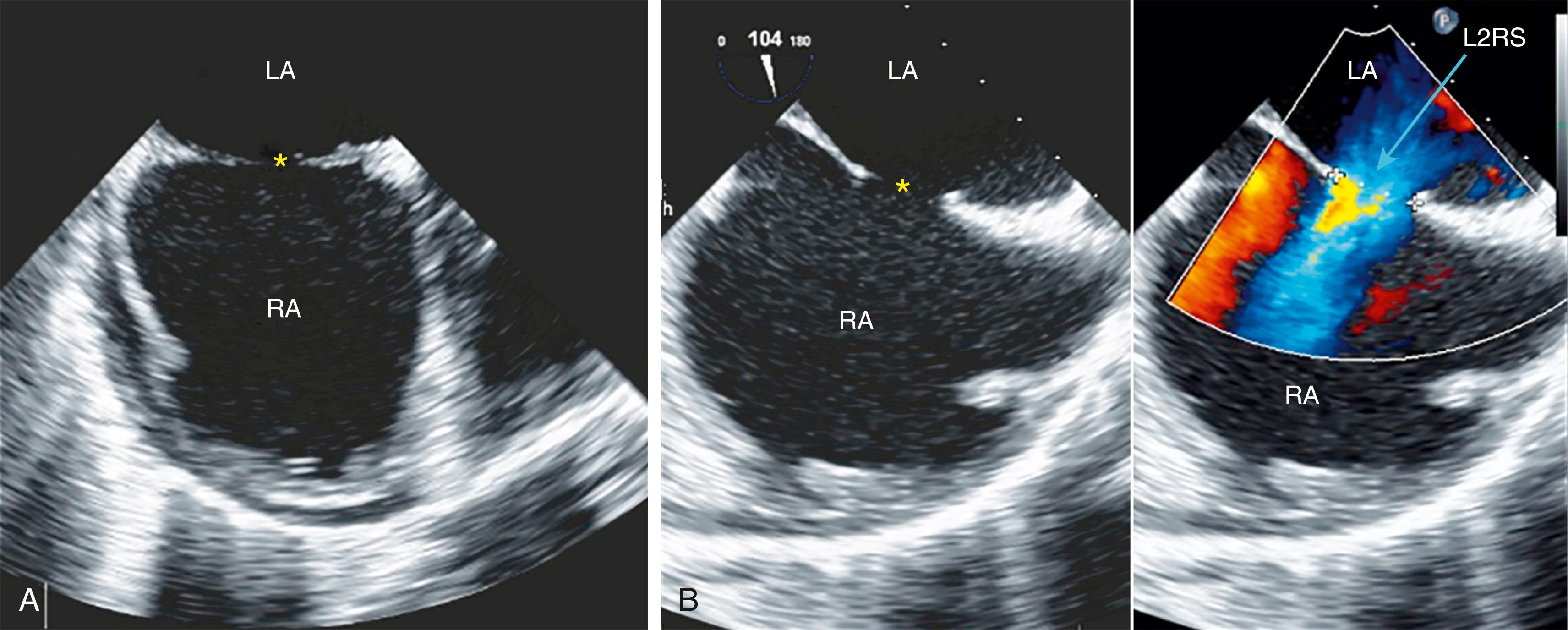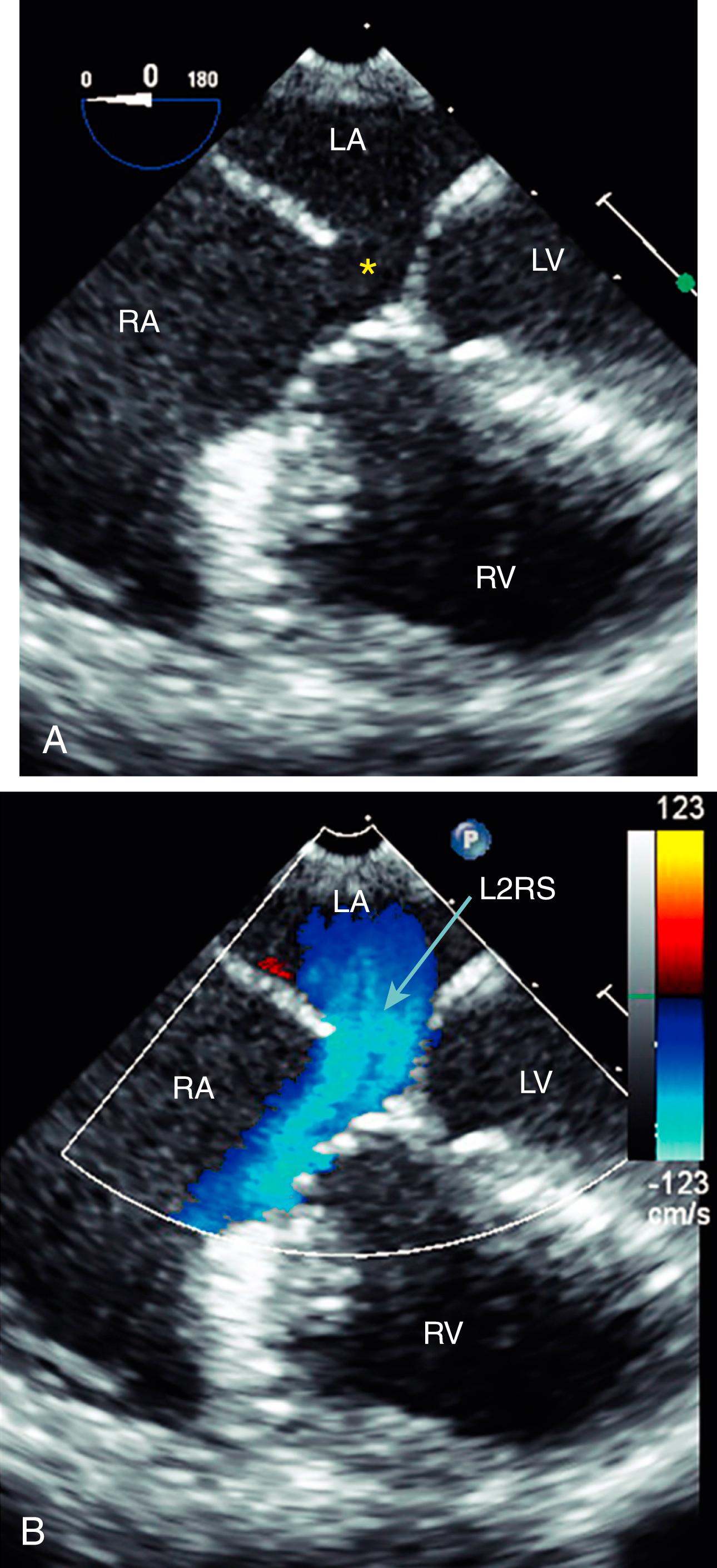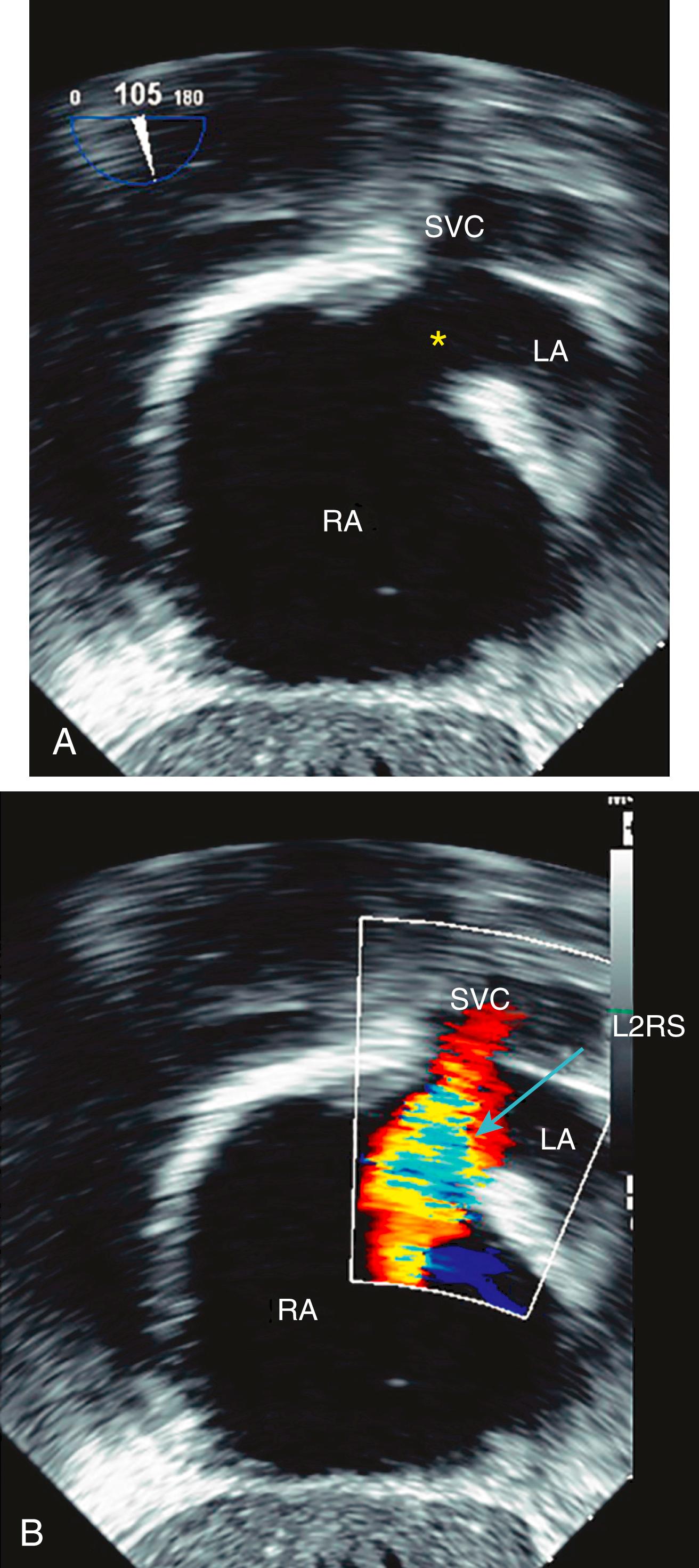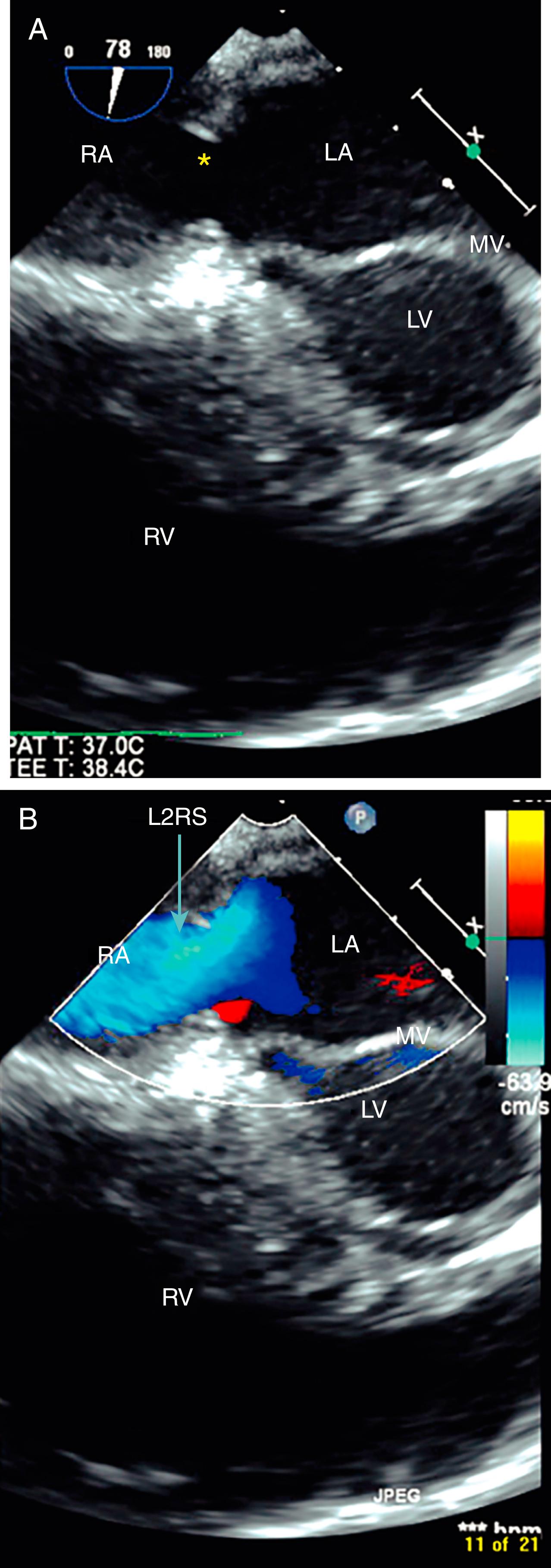Physical Address
304 North Cardinal St.
Dorchester Center, MA 02124
Congenital heart defects (CHDs) associated with left-to-right shunts are among the most common anomalies. The most common types of left-to-right shunt lesions include atrial septal defect (ASD), ventricular septal defect (VSD), atrioventricular septal defect (AVSD), and patent ductus arteriosus (PDA) ( Table 141.1 ). Their clinical significance is based on volume overload, congestive heart failure, pulmonary hypertension, and endocarditis. Some defects may close spontaneously, such as PDA, secundum ASD, muscular VSD, and less commonly perimembranous VSD. , Some are amenable to device closure, including secundum ASD, muscular VSD, some perimembranous VSD, and PDA. The remaining types of defects require surgical closure when they are clinically significant. In this chapter, we focus on these more common defects in the absence of additional cardiac defects. The less common left-to-right shunt anomalies such as fistulas, arteriovenous malformations, and aortopulmonary window, are excluded from this discussion. The goal of echocardiography is to define the type, size, number, location, chamber dimensions, shunt size, and pulmonary artery pressures.
| Atrial Septal Defect (ASD) | |
|---|---|
| Type | Description |
| Secundum | In the region of the oval fossa; may have multiple orifices; often amenable to device closure |
| Primum | In the apical region of the atrial septum; associated with cleft mitral valve; within the spectrum of AVSDs |
| Sinus venosus | Superior type with SVC override is more common than the inferior type with IVC override; associated with anomalous right pulmonary vein connections |
| Coronary sinus | Shunt through the coronary sinus is associated with partial or complete unroofing of the coronary sinus and persistent left superior vena cava |
| Ventricular Septal Defect (VSD) | |
|---|---|
| Type | Description |
| Muscular | Completely surrounded by septal myocardium; various locations and multiple defects possible |
| Perimembranous | Deficiency of membranous septum and surrounding region; fibrous continuity of tricuspid, mitral, and aortic valves |
| Malaligned | Deviated conal septum; seen in tetralogy of Fallot, double-outlet RV, interrupted aortic arch complex |
| Outlet VSD | Deficient or absent outlet portion of ventricular septum; seen in doubly committed subarterial VSD and truncus arteriosus |
| Inlet VSD | Caused by absent or deficient AV septum; has coplanar AV valves |
| Atrioventricular Septal Defect (AVSD) | |
|---|---|
| Type | Description |
| Primum ASD | Located in the apical region of the atrial septum; associated with cleft mitral valve |
| Intermediate | Includes primum ASD, common AV valve with divided orifice and inlet VSD with pouch |
| Complete | Includes primum ASD, common AV valve with common orifice and inlet VSD |
| Patent Ductus Arteriosus (PDA) | |
|---|---|
| Type | Description |
| Premature | May cause high pulmonary blood flow and CHF; can be closed with indomethacin, percutaneous device, or surgery |
| Older patients | Rarely causes CHF; typically closed with a percutaneous device |
ASD is associated with increased pulmonary blood flow, right heart chamber enlargement caused by volume overload, exercise intolerance, and pulmonary hypertension if left untreated for an extensive period. The most common type is the ostium secundum ASD, which is located within the oval fossa ( Fig. 141.1 ). Many of these are amenable to device closure. , The second most common type is ostium primum ASD, which is located at the apical aspect of the atrial septum adjacent to the atrioventricular (AV) valves. This defect is typically associated with a cleft in the mitral valve and is within the AVSD spectrum ( Fig. 141.2 and ![]() ). Sinus venosus ASDs are located at the cavoatrial junction and typically are associated with partial anomalous pulmonary venous connections of the right pulmonary veins. The superior type, which is adjacent to the superior vena cava (SVC), is more common than the inferior type adjacent to the inferior vena cava ( Fig. 141.3 and
). Sinus venosus ASDs are located at the cavoatrial junction and typically are associated with partial anomalous pulmonary venous connections of the right pulmonary veins. The superior type, which is adjacent to the superior vena cava (SVC), is more common than the inferior type adjacent to the inferior vena cava ( Fig. 141.3 and ![]() ). The coronary sinus type ASD is caused by unroofing of the coronary sinus, resulting in a communication with the floor of the left atrium. It is very rare and usually associated with a connection of the left SVC to the coronary sinus ( Fig. 141.4 and
). The coronary sinus type ASD is caused by unroofing of the coronary sinus, resulting in a communication with the floor of the left atrium. It is very rare and usually associated with a connection of the left SVC to the coronary sinus ( Fig. 141.4 and ![]() ).
).




Video 141.2. A, Primum atrial septal defect visualized in the midesophageal four-chamber view by transesophageal echocardiogram (TEE). B, Color Doppler imaging shows the left-to-right shunt.
Video 141.3 . A, Superior sinus venosus atrial septal defect visualized in the transgastric view by transesophageal echocardiogram (TEE). B, Color Doppler imaging shows the left-to-right shunt.
Video 141.4 . A, Coronary sinus atrial septal defect visualized by transesophageal echocardiogram (TEE). B, Color Doppler imaging shows the left-to-right shunt.
Become a Clinical Tree membership for Full access and enjoy Unlimited articles
If you are a member. Log in here